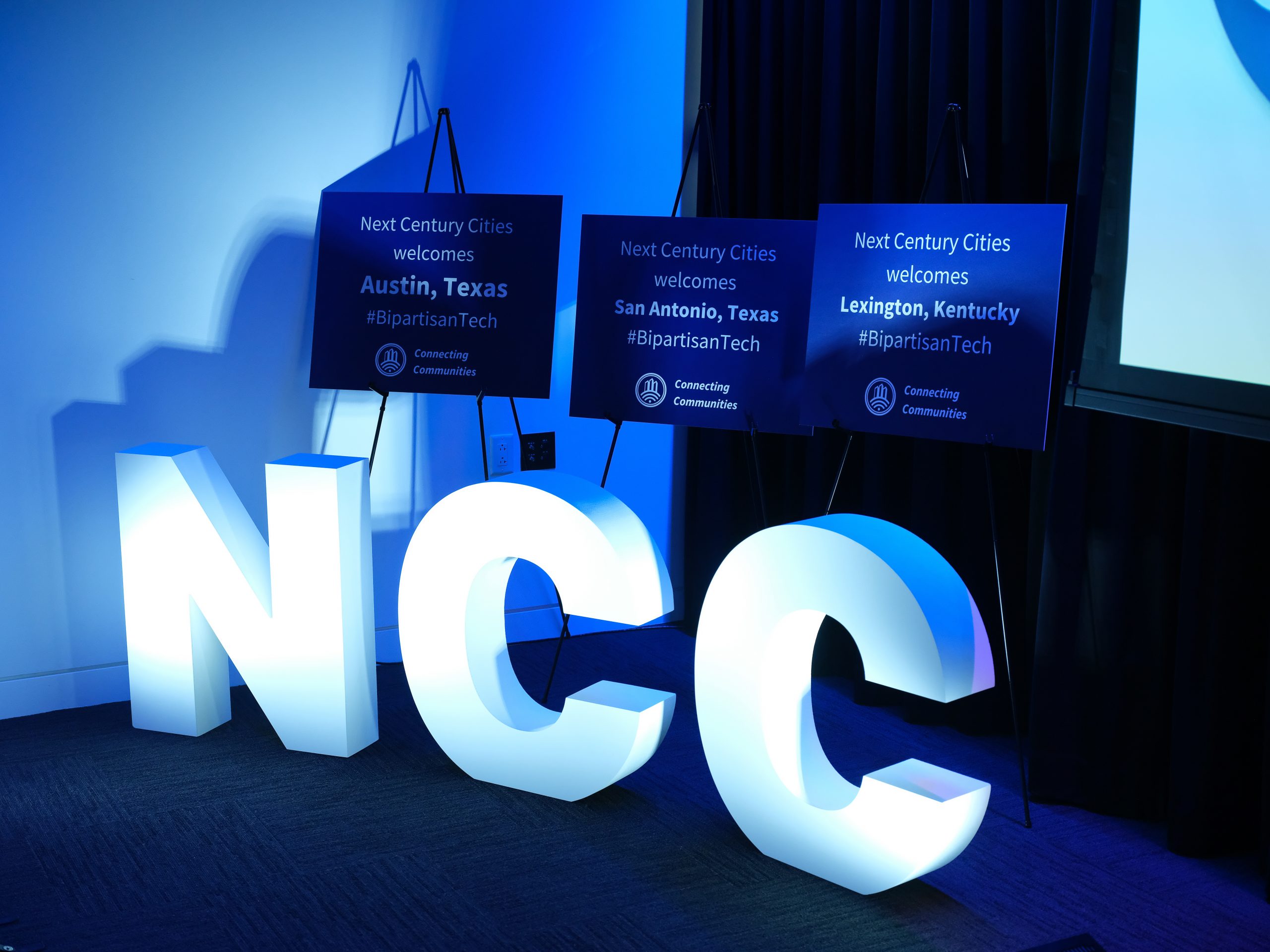By Ryan Johnston

Credit: City of Seattle
The Affordable Connectivity Program (“ACP”) continues to be one of only two federal programs designed to address broadband affordability. On March 10, 2023, the Federal Communications Commission (“FCC” or “Commission”) announced its awardees for the ACP Outreach Grant Program (“ACP OGP”). This program allotted $60 million dollars among 177 grantees and is primarily designed to:
-
Expand and support diverse and impactful outreach efforts nationwide;
-
Strengthen outreach partners nationwide, empowering them to mobilize people and organizations to help raise awareness about the ACP; and
-
Increase ACP enrollment as a result of the ACP Outreach Grant Program-funded activities.
However, the ACP OGP may be a double-edged sword. On one hand, it may help get more people connected. On the other hand, without additional funding, increased participation accelerates the end of the ACP.
As policymakers brainstorm ways to improve public awareness and perpetually fund the ACP, a key piece of information needed is clear data on how successful the program has been. The FCC should leverage the ACP Transparency Data Collection that has been mandated by the Infrastructure, Investment and Jobs Act (“IIJA”).
In November 2022, the Commission released its first report and order creating the ACP Transparency Data Collection. Accordingly, ACP participating providers are required to submit data on subscribership for ACP-eligible plans the provider offers. Absent from these submissions are location and demographic data about subscribers that could inform Affordable Connectivity Program success models.
Without clear location and demographic data, it is difficult to pinpoint where the ACP has penetrated and where generating sign-ups has been difficult. Information gaps introduce uncertainty to local governments and community-based organizations that are working to use outreach grant funding funds as efficiently as possible.
Additionally, without this granular level of data, it will be difficult to measure overall success of the ACP. An aggregate level data collection will show how many subscribers are on a specific plan, but nothing more. Adding demographic location allows local leaders to pinpoint how their communities have been impacted by the ACP and what areas still need to be connected.
While it seems as though many of the ongoing ACP-related programs are not connected, there is one constant throughline: data. The more data that is available and the clearer it is, the easier it is for local governments to put resources to their best use. It also lays an effective groundwork for showing the success of a program that should continue.

